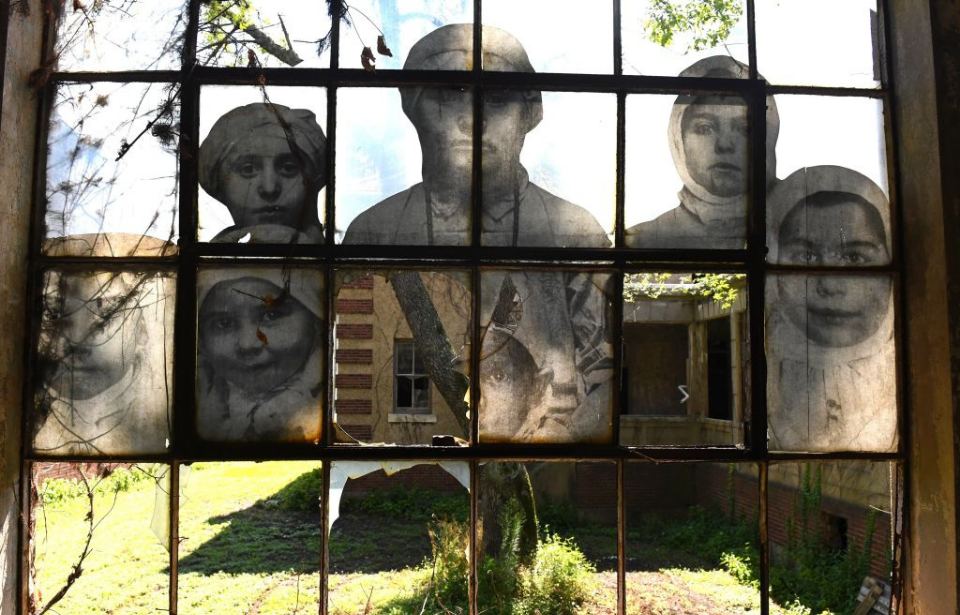Throughout the course of the early 1900s, New York was the main point of entry for immigrants looking to make a fresh start in the United States. In order to cross into the country, they had to first be examined by the doctors at the Ellis Island Immigrant Hospital, which doubled as both a medical institution and a processing center.
Ellis Island prior to the late 1800s
During the 18th century, Ellis Island was home to Fort Gibson, which served as part of New York Harbor’s defenses. However, by the late 1800s, it had become obsolete and the island was being used to store naval munitions.
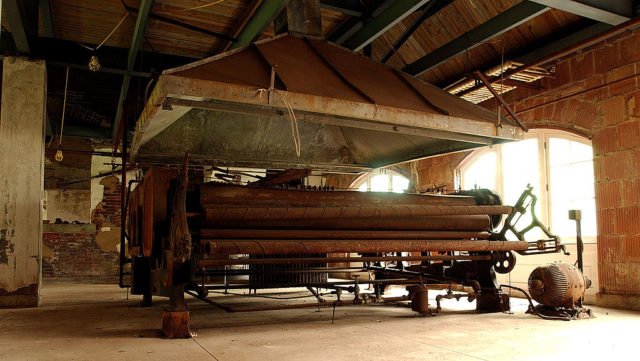
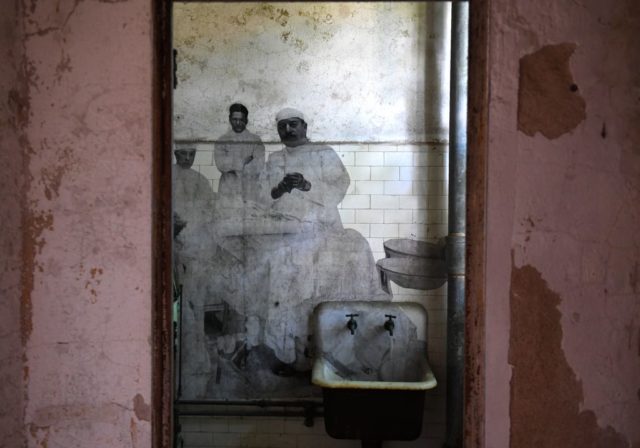
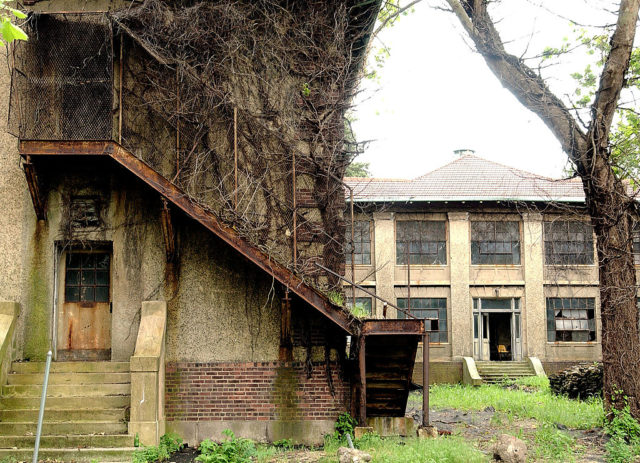
On January 1, 1892, the original immigration station opened on the island, reusing several of the structures that made up the old fort. However, the station was destroyed by fire six years later, prompting James Taylor Knox, the Treasury Department’s supervising architect, to launch a competition for fellow architects to submit designs for the new immigration station.
Constructing the hospital
Construction of the Ellis Island Immigrant Hospital began in the late 1800s/early 1900s, following a design presented by Edward Lippincott Tilton and William A. Boring. It was built on the south side of the island, and later became part of the Statue of Liberty National Monument, along with the Statue of Liberty on Liberty Island.
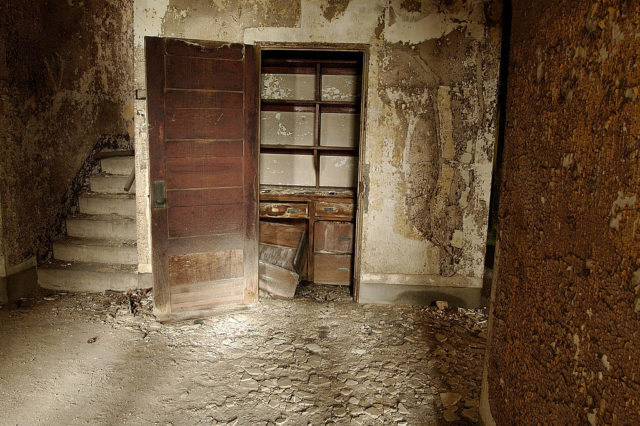
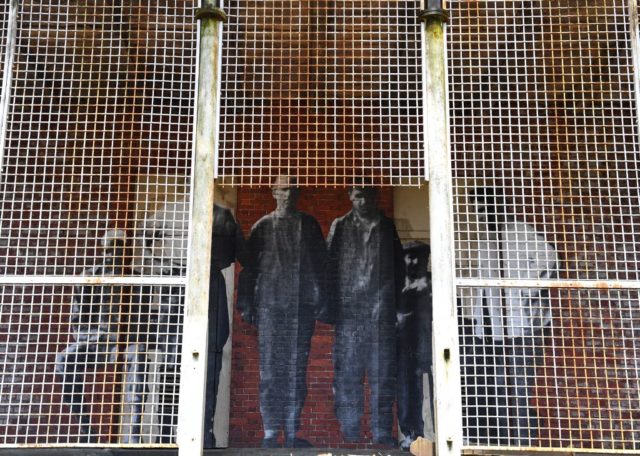
Work on the facility occurred in phases, and over the decades included the construction of two additional islands, which were connected by a ferry basin. Along with the immigration processing area, the first buildings erected on Island #1 included the general hospital, the main powerhouse, and a kitchen and laundry facility. The general hospital featured a women’s ward, a maternity ward, four operating rooms, a pediatric ward and a psychiatric ward.
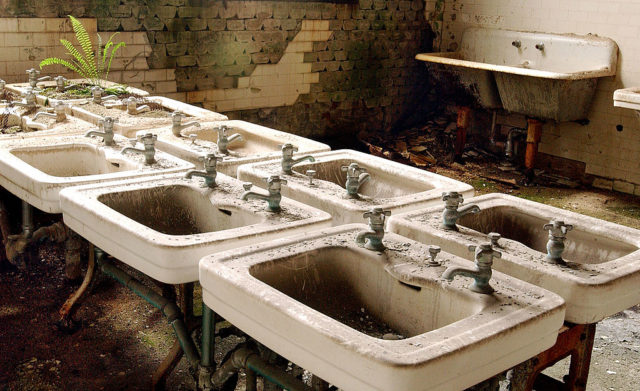
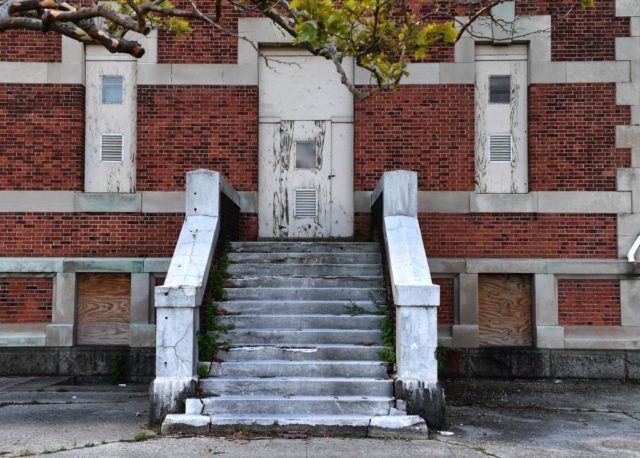
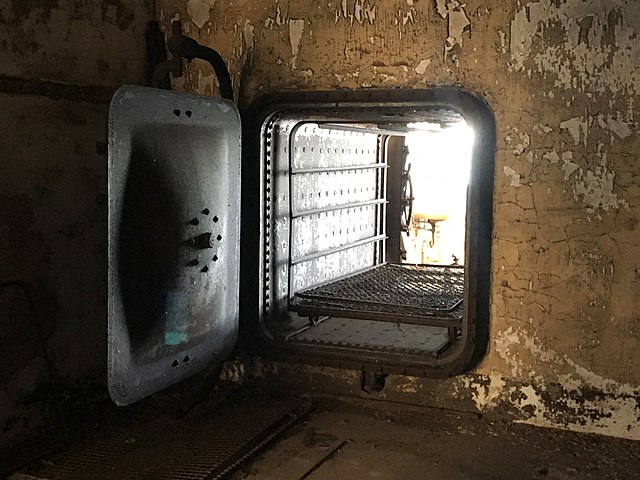
When the general hospital became overcrowded, a second was built, adding another 125 beds. However, this too became overcrowded, resulting in the creation of Island #3 between Island #2 and Liberty Island and adjacent to the Black Tom waterfront area of Jersey City. Upon it was built the Contagious Disease Hospital, which not only added more beds, but also included isolation wards, a morgue, a three-story administrative building and a medical office.
Ellis Island Immigrant Hospital opens to patients
The Ellis Island Immigrant Hospital was placed under the purview of the US Public Health Service (initially the Marine Hospital Service), and during its decades of operation treated over 2750,000 patients. There were also 350 babies born in the maternity ward, and unfortunately 4,000 overall fatalities. However, its mortality rate was said to be on par – if not better – than similar hospitals.
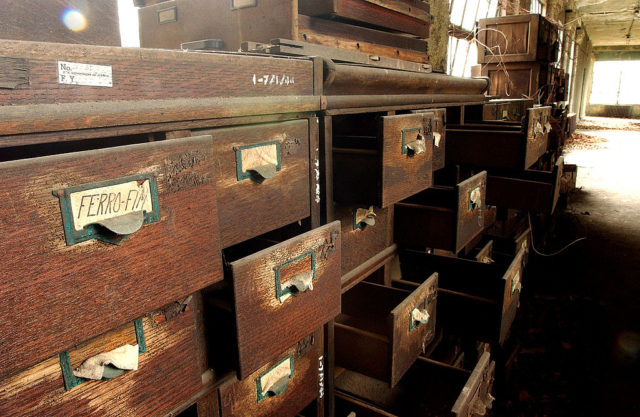
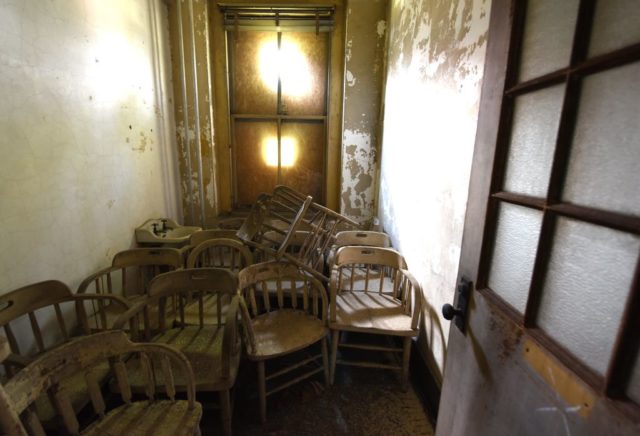
After opening in 1902, its doctors and medical personnel were tasked with inspecting those arriving on the island, providing medical exams and treating illness. Among the conditions treated at the hospital included tuberculosis, measles, scarlet fever, trachoma, diphtheria, Favus and a wide range of tropical diseases.
The facility was privy to a number of advanced medical technologies, including the use of X-rays and fluoroscopy, a full-scale laboratory and an autoclave sterilizer.
World War I and the hospital’s closure
During the First World War, the hospitals on Ellis Island were closed to immigrants and its main facility was turned into an equipping and embankment facility for the US Navy. In 1917, the War Department took over the hospitals to treat wounded soldiers returning from Europe, and in the spring of 1919, the facilities were officially returned to the control of the Public Health Service.
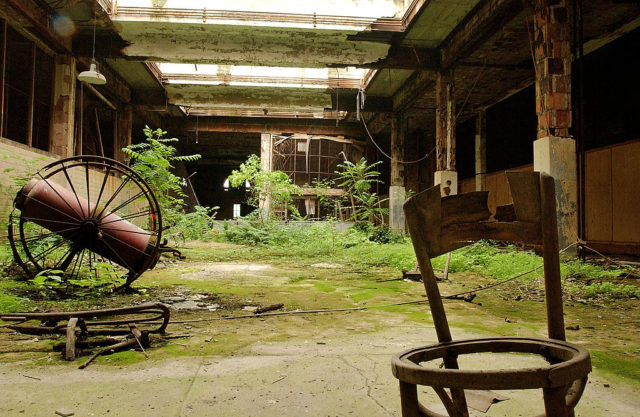
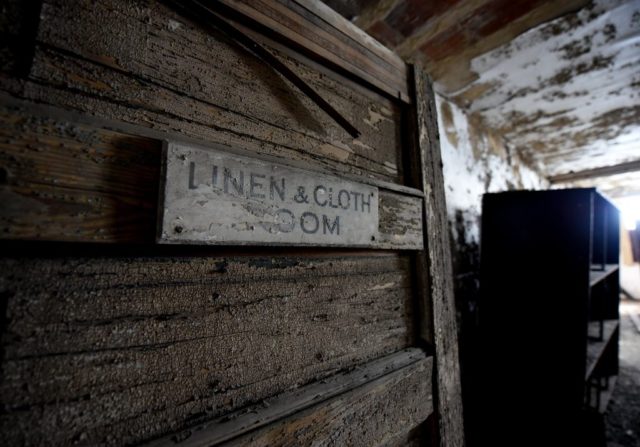
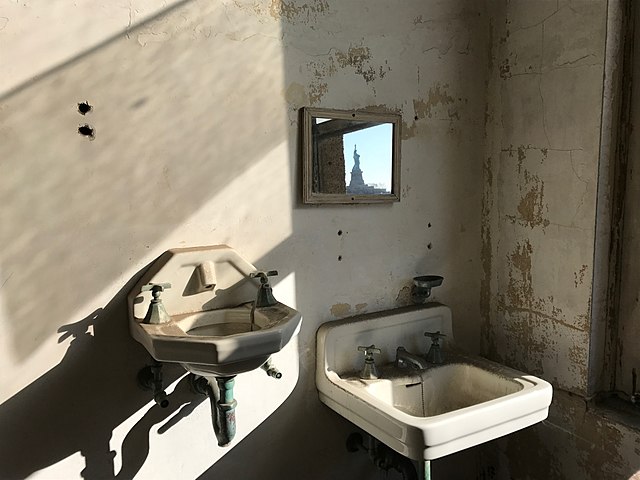
It also served as a holding center following the US government’s Palmer Raids, in which they arrested immigrants who had violated the terms of their admission – or, at least, that’s what was claimed. In reality, they were used to round up immigrants suspected of being socialists, communists and anarchists.
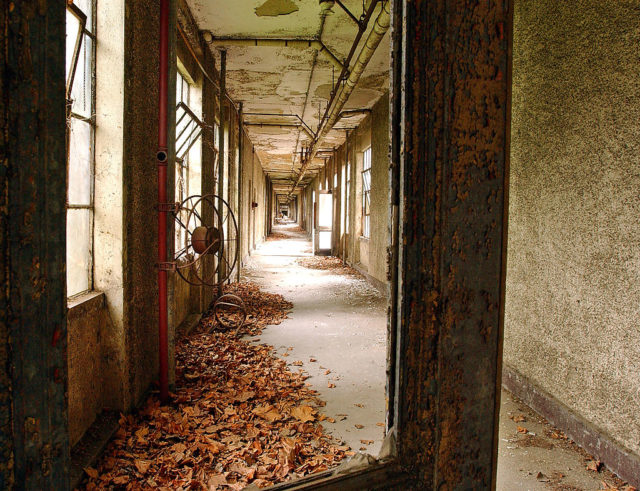
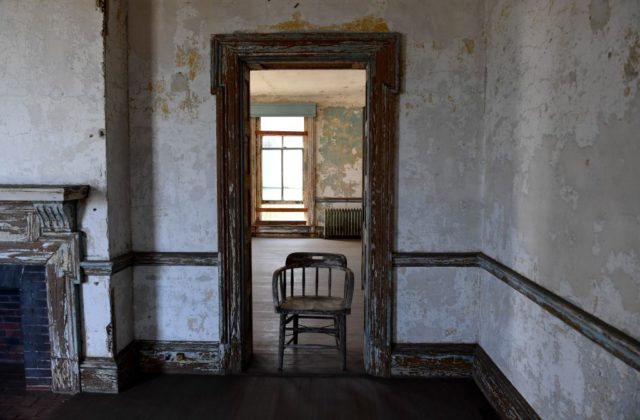
Congress changed the country’s immigration laws in the 1920s, dramatically reducing the number of immigrants arriving on Ellis Island. This total further reduced in 1924 with the passing of the National Origins Act, which required immigrants to pass a medical exam prior to boarding boats to America.
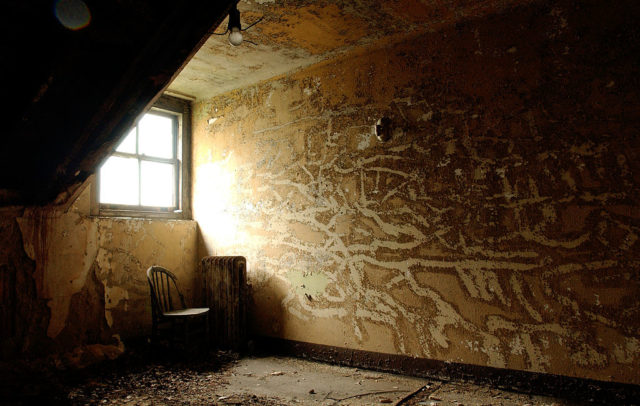
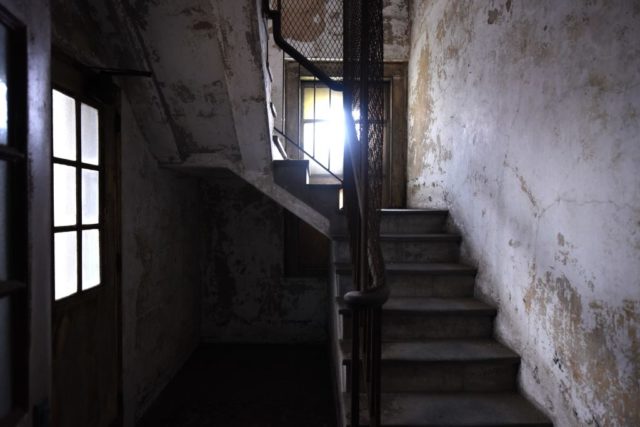
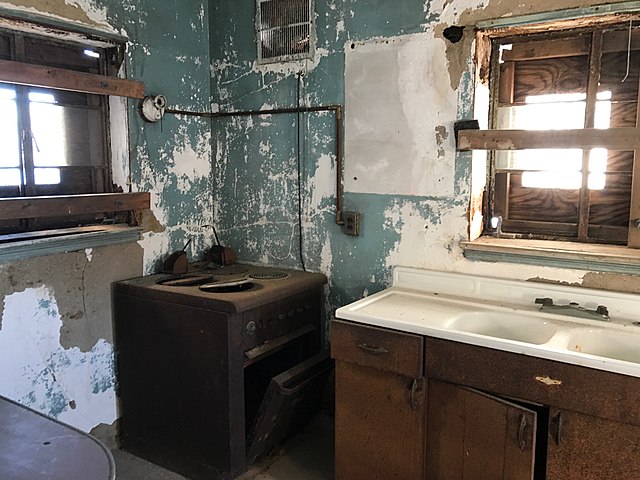
In 1934, President Franklin D. Roosevelt organized the Ellis Island Committee, which inspected the facilities on the island and reported that they were not only in disrepair, but inadequately able to fulfill the full scope of patient needs. As such, upgrades and changes were made to the buildings and surrounding landscape.
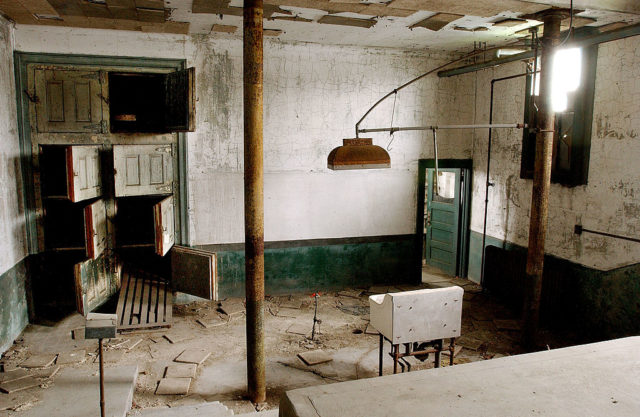
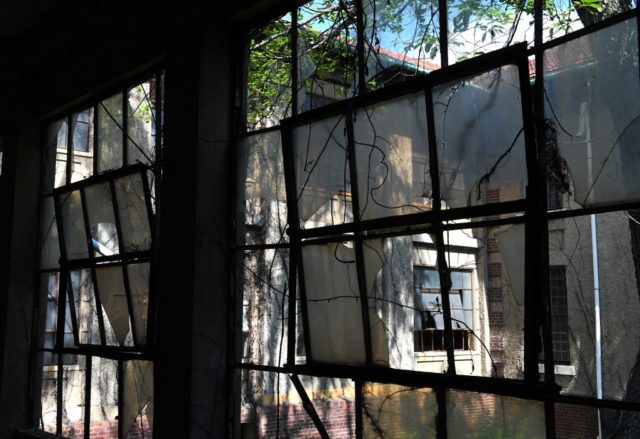
The Public Health Service was asked in 1936 to help treat WWI veterans suffering from shell shock, an undertaking that continued well after the Second World War. In 1951, the facility closed, and three years later all remaining parts of the island did as well.
Preserving the Ellis Island Immigrant Hospital
While the Statue of Liberty is overseen by the National Park Service, the south side of Ellis Island is managed by the Save Ellis Island Foundation, a non-profit dedicated to preserving the buildings that once made up the Immigrant Hospital. Their efforts have been helped, in part, by the property being placed on the National Register of Historic Places.
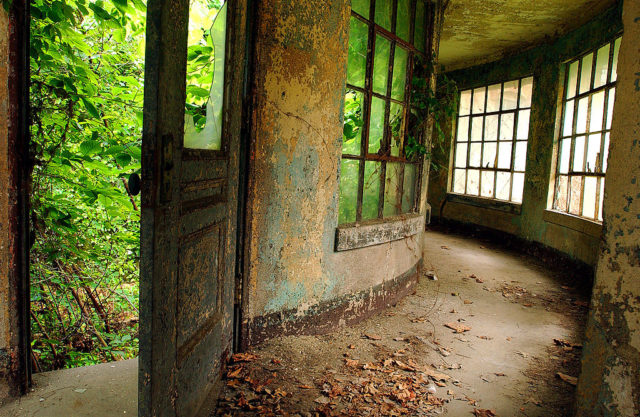
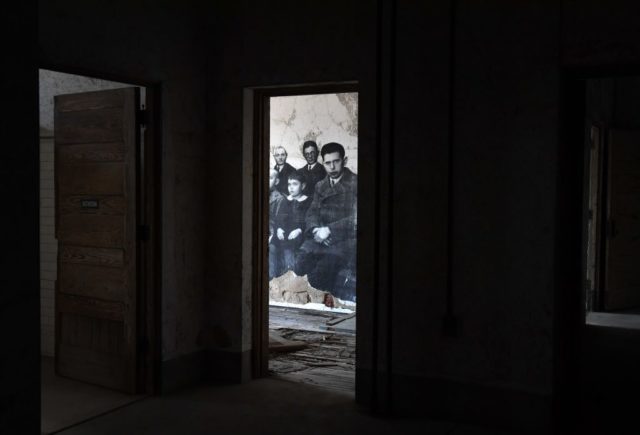
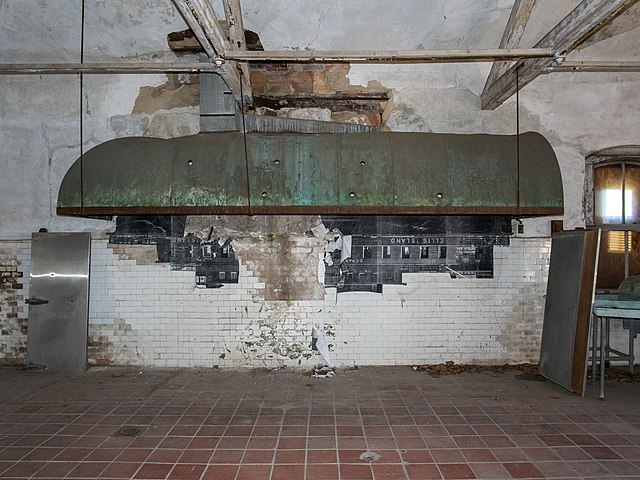
In 1981, the National Park Service held a competition to decide how the south side of the island would be redeveloped. The chosen design included a conference center and Sheraton Hotel, but both ideas were dropped due to a lack of funds. Discussions of how to use the property continued into the late 1990s, after which it was decided the old hospital buildings would remain and be restored.
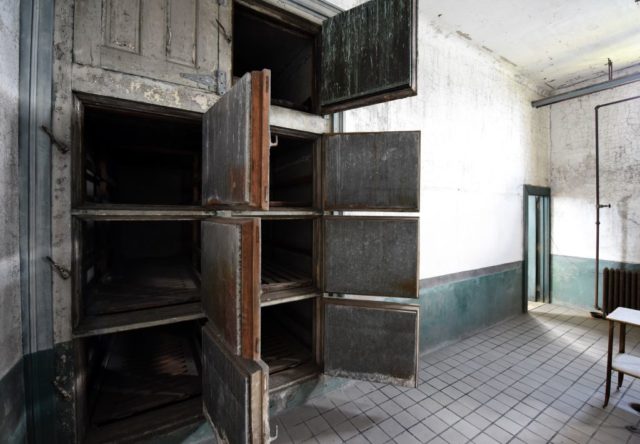
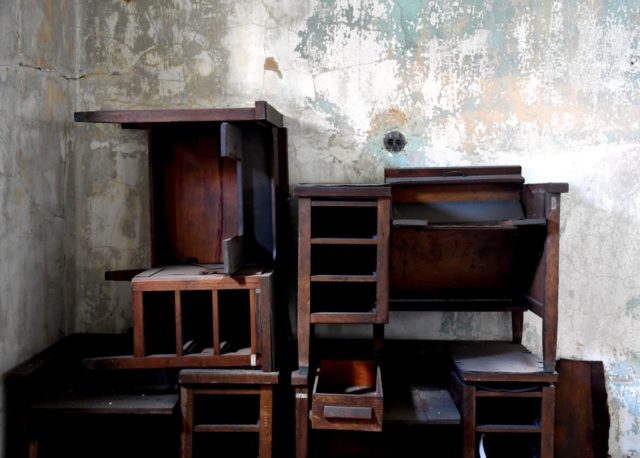
More from us: Waverly Hills Sanatorium: One Of The World’s Most Haunted Locations
In 2014, the property was opened to the public for hard hat tours put on by the Save Ellis Island Foundation. That same year, French artist JR took photographs of the immigrants who arrived on the island and glued them to the buildings’ walls and windows as a reminder of those who passed through.
